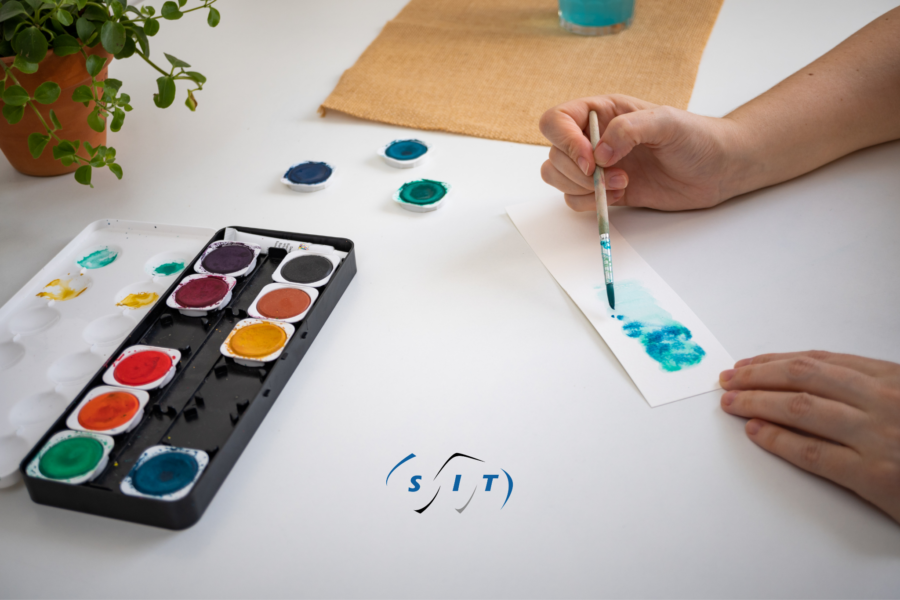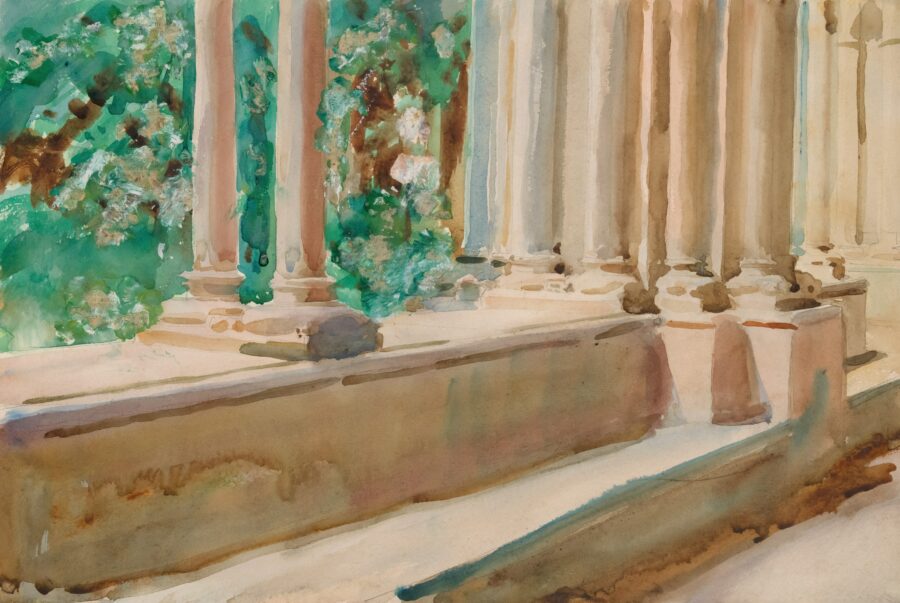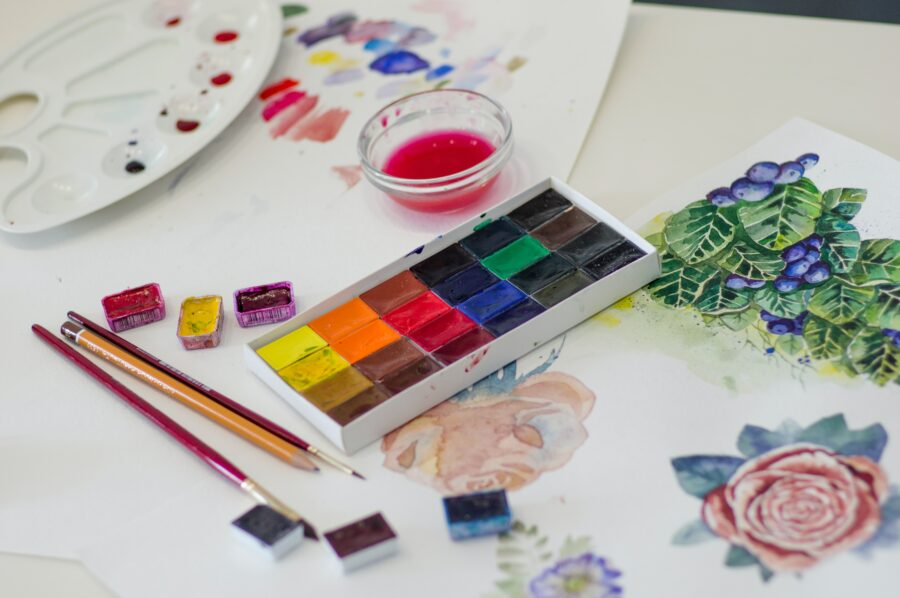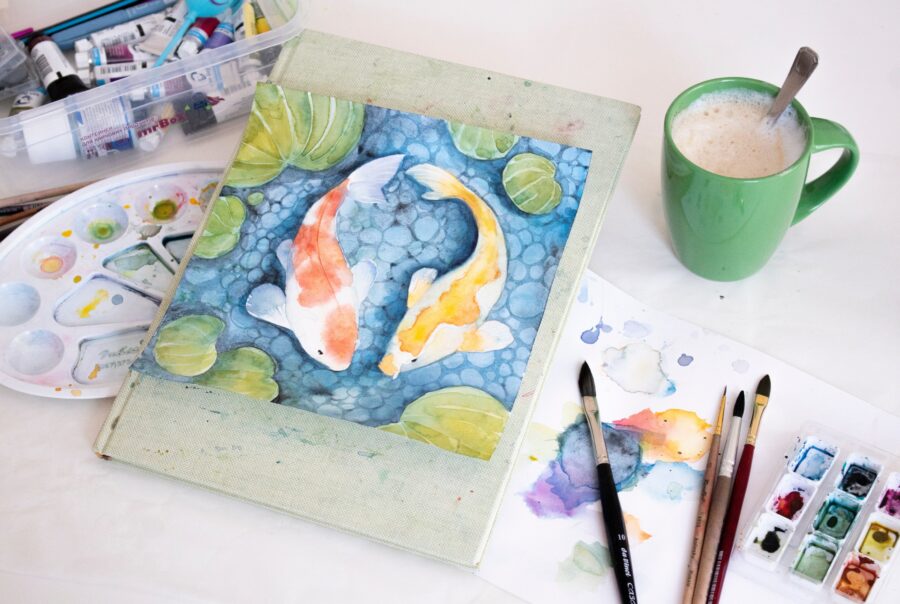
The world of art is a vast universe that encompasses a wide range of forms and expressions. One of the most enchanting and magical techniques is watercolour.
With its ability to create transparent and luminous effects, watercolour has captivated artists and viewers for centuries.
In this blog, we will dive into the exciting world of watercolour, exploring its history, unique characteristics and how it has left an indelible mark on the contemporary art world.
The History of Watercolour:
The history of watercolour can be traced back to ancient civilisations such as Egypt and Tang Dynasty China, where it was used for illustrations and writing. However, it was during the Renaissance in Europe that watercolour began to gain recognition as an art form in its own right.
Artists such as Albrecht Dürer experimented with the technique, but it was in the 18th century that watercolour achieved its true popularity, especially in England.

Watercolour is characterised by its transparency and ability to create delicate layers of colour. Unlike oil paints, which can be opaque and dense, watercolour allows light to shine through the layers of pigment, creating a luminous and ethereal effect.
Artists can achieve a wide range of tones by mixing colours on paper, resulting in a unique visual richness.
Although watercolour may seem an intuitive and spontaneous technique, it actually requires careful planning. Since it is difficult to correct mistakes due to the transparency of the pigments, artists must think beforehand about their composition and colour palette.
Preparation is key: from the type of paper to the choice of brushes, every decision affects the final result.

The Evolution of Watercolour Today:
In the contemporary era, watercolour has undergone a transformation. While traditional techniques are still admired and practised, many artists have taken watercolour into new territories, combining it with other media and experimenting with abstract and avant-garde styles. This evolution reflects the adaptable and ever-changing nature of the art itself.

Conclusion
Watercolour, with its ability to capture light and the essence of the ephemeral, continues to amaze us today. From its humble beginnings as a medium for illustrations to its status as a distinctive and expressive art form, watercolour reminds us of the richness and diversity of the art world.
Whether you are an artist looking to explore new horizons or a viewer looking to be captivated by the delicate beauty of watercolour, this technique will continue to inspire and fascinate for years to come.